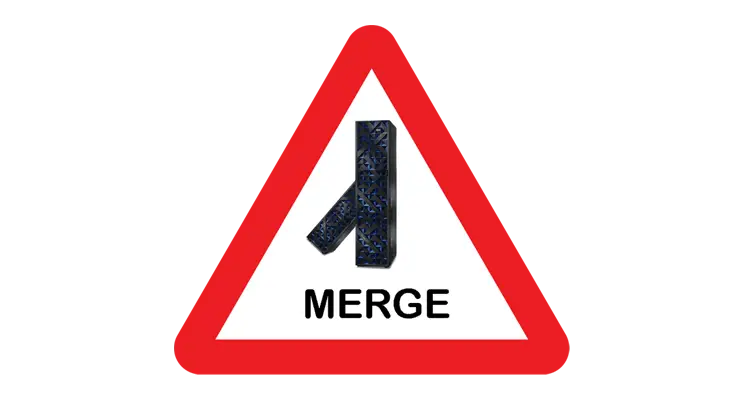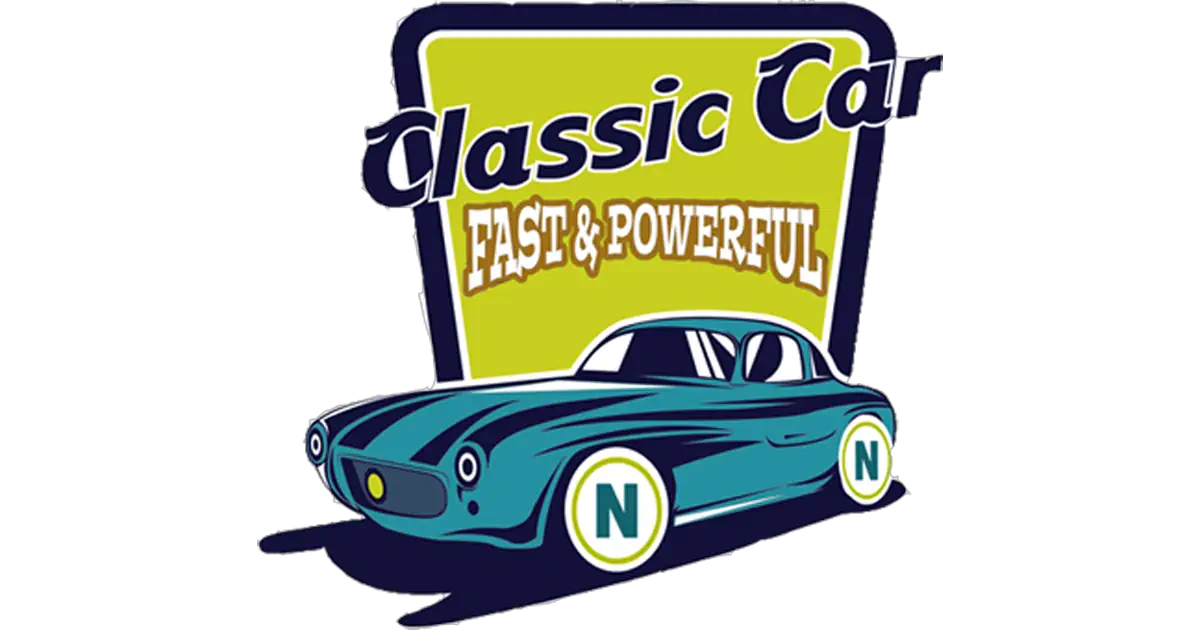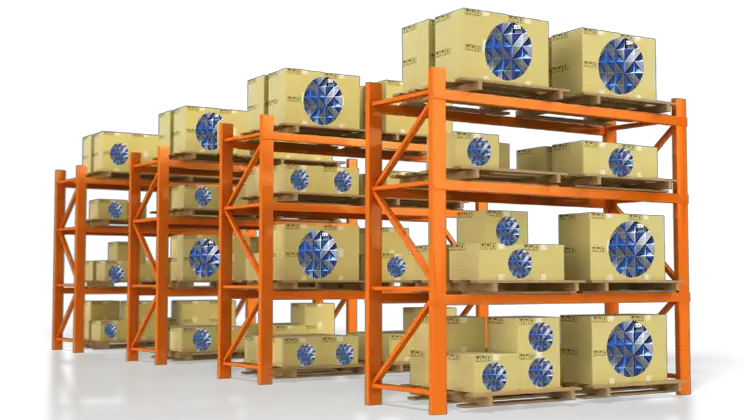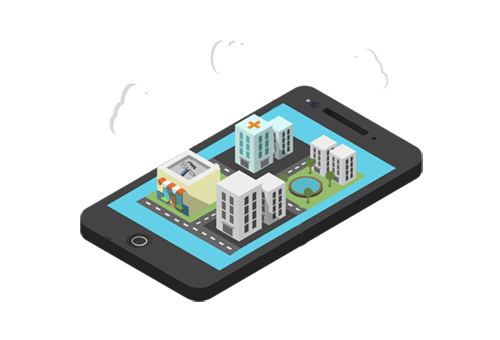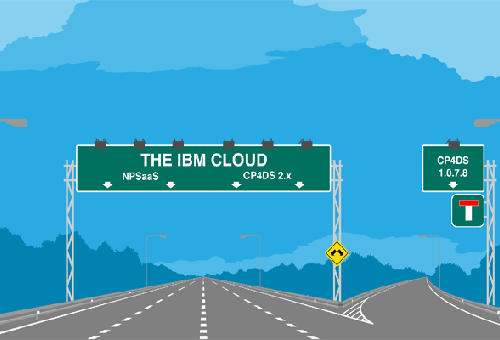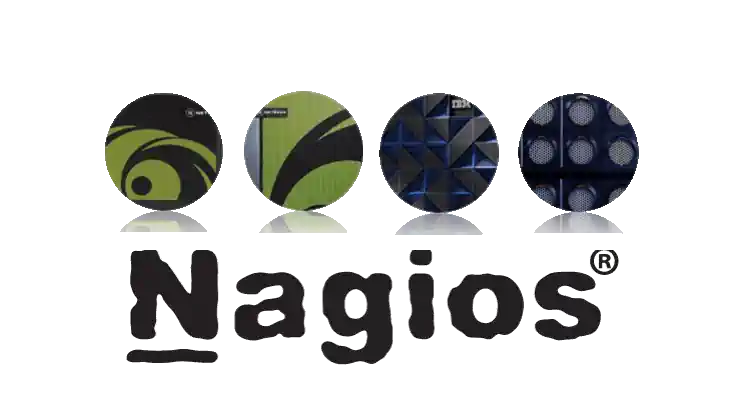We have reached end-of-support for the N3000 Mako range of Netezza appliances. Some businesses that continue to run Makos may find themselves running out of capacity on their production system but they are not ready to migrate to a new system. They want to continue using their existing Netezza platform, because they are still depreciating the hardware asset, or for other reasons. If one were available, they would opt for an upgrade to their existing system, but the reality is IBM can only offer them Netezza Performance Server as a Service, now that end of support dates have been announced for CP4D.
A typical scenario is a customer that has a couple of single-rack Makos – maybe a production server and one used for disaster recovery.
Extending the life of your Netezza systems by merging 2 Makos together
In this situation, customers may like to consider merging their two systems together to make a fully refurbished new system with twice the capacity and twice the processing power and so buy some extra life for their system. We would continue to support the platform after we’d merged it with our Netezza Support Plus service, which includes hardware support via our hardware partners to replace any failed hardware components on site.
Full backups will need to be taken first of any objects (including views, users, groups, permissions, stored procedures, etc.,) that are unique to either of the systems being merged, which will later be restored back onto the combined system post-merge. Remember that we are effectively be creating a new, bigger, empty system with twice the number of discs, twice the capacity of your previous single rack system, and two times the performance. The point of massively parallel processing is that if you double the number of processors, you’ll either half the query runtime or you double the volume of data that you can query in the same timeframe as before, and so you will get a near linear performance improvement.
Obviously as the system gets more and more full, depending on the queries being run you will not see that performance sustained over time, but there are things that one can do to improve performance even when data volumes increase such as distribution key decisions, organisation keys, updating statistics and grooming, etc.
To start, we first need remote access to the environment to perform some investigation work to identify any defective parts, and to reconfigure such things as IP addresses, and network masking and routing rules.
Before we can merge the systems, any outstanding hardware issues must first be resolved. If the systems are still supported by IBM they can repair/replace any defective hardware/software for free. If not, procurement and installation of the required parts can be done either by the customer themselves, in which case we would provide a list of the part numbers, or we can work with our hardware partners to do everything on their behalf for an extra fee. There are several additional cables and switches that will be needed to expand and connect the two systems together, which we’d add to this list. We would recommend allowing a couple of weeks to be on the safe side to procure, install and test the new parts.
Bear in mind that the two systems that are being merged must be adjacent to each other, because we will be physically plugging in cables between them. They are not very long, so you may need to relocate one or both servers before the merge can begin to ensure this.
You will also have to do a full backup for restoring onto your new merged system. If you are using Smart Management Frameworks Smart Database Replication module you can easily replicate your system and re-replicate the data back to the original system post-merger.
Once all the prerequisites have been satisfied, we reinitialize the entire system to create a whole new empty system that spans both cabinets of hardware. And of course, you then perform the full restore or replicate back to your new double-racked super-charged Mako system.
It’s worth noting that the process is reversible. We can convert the merged system back to two separate systems once again if for any reason the customer decides not to proceed, provided that no parts have been lost, and full backups have been taken.
Oh, and by the way we can also do this with older Netezza appliances too, for customers still on Striper or even TwinFin generation hardware.
If you’d be interested in doing a Mako merge, give us a shout!

